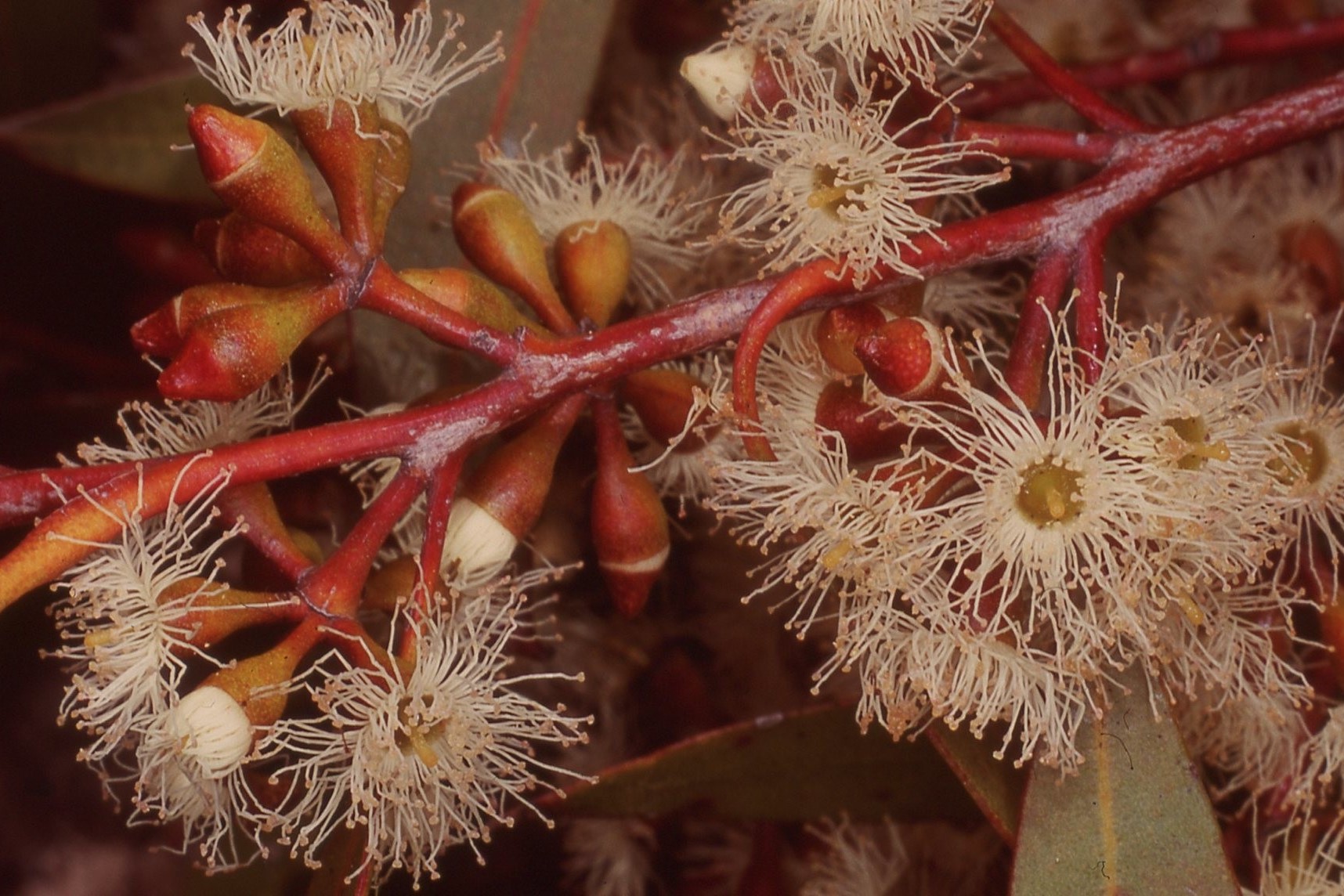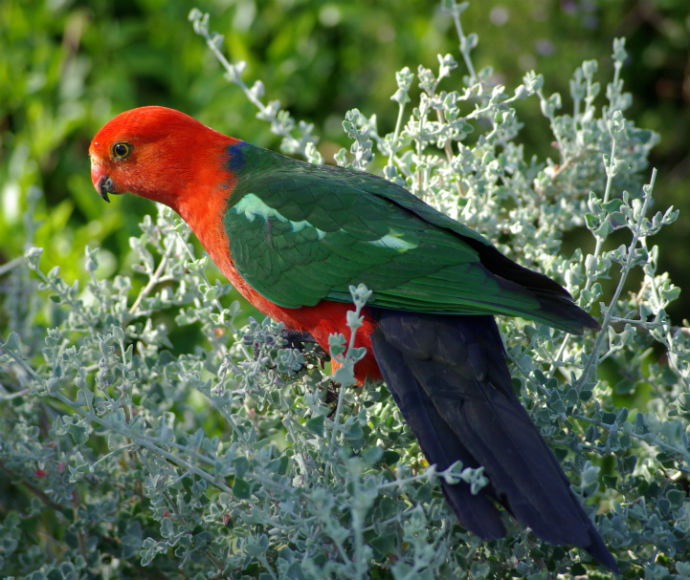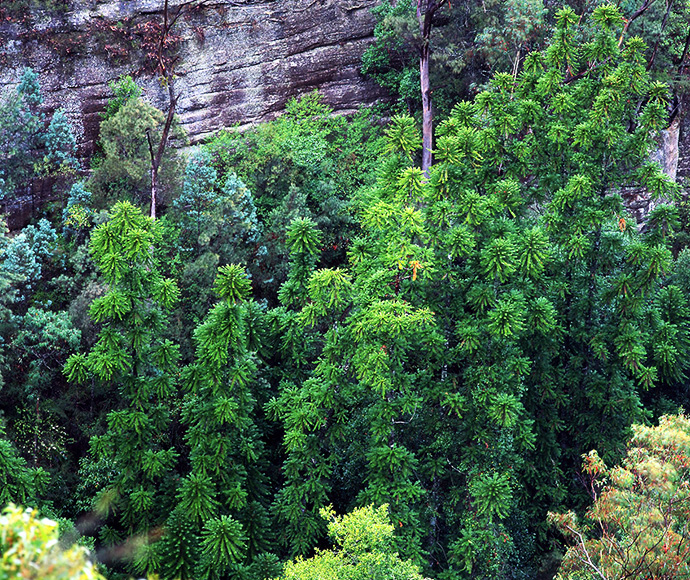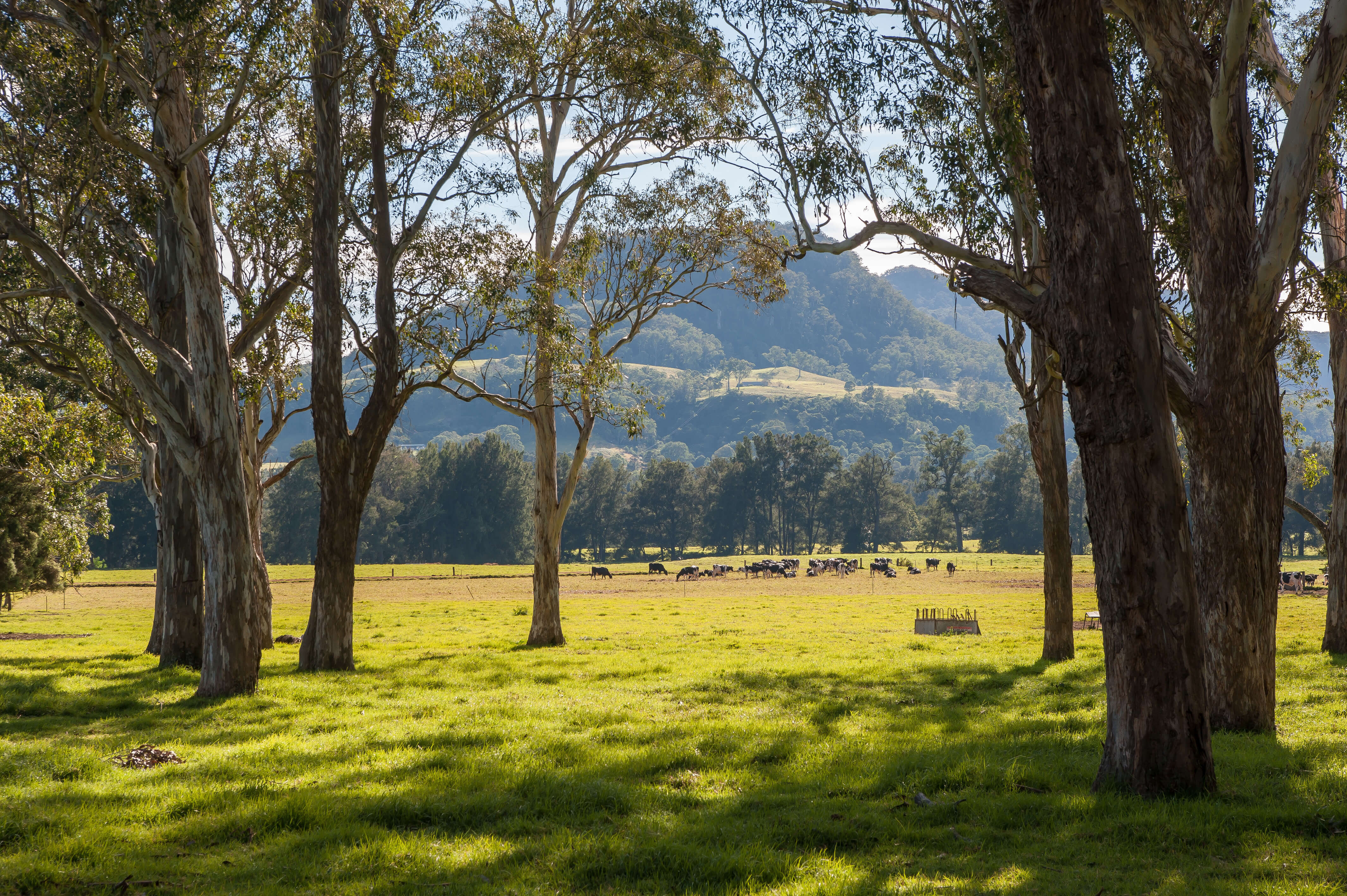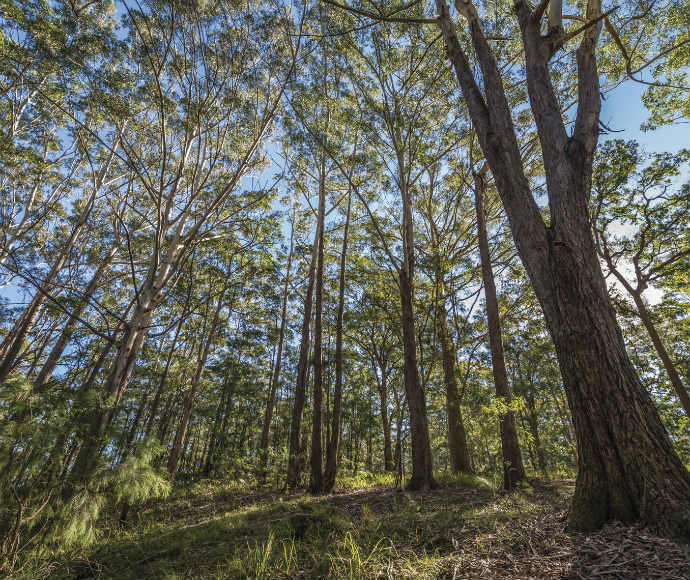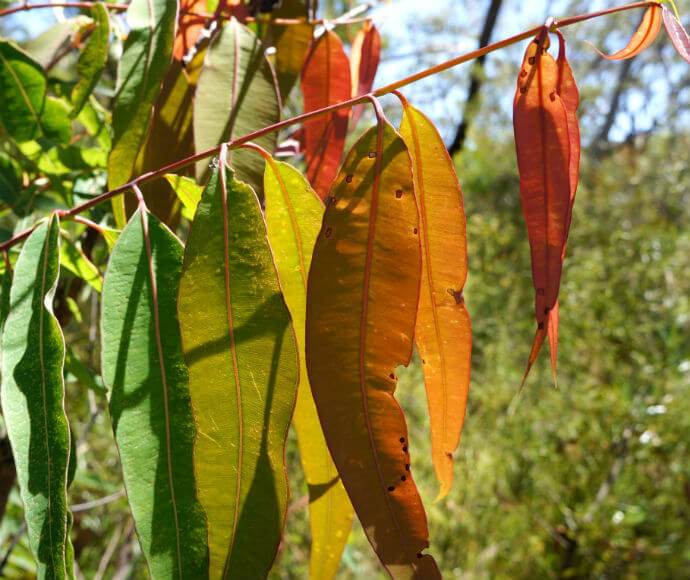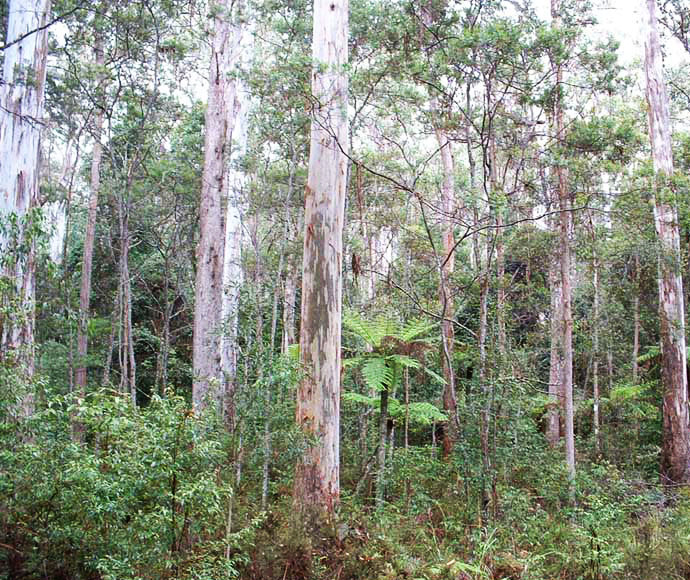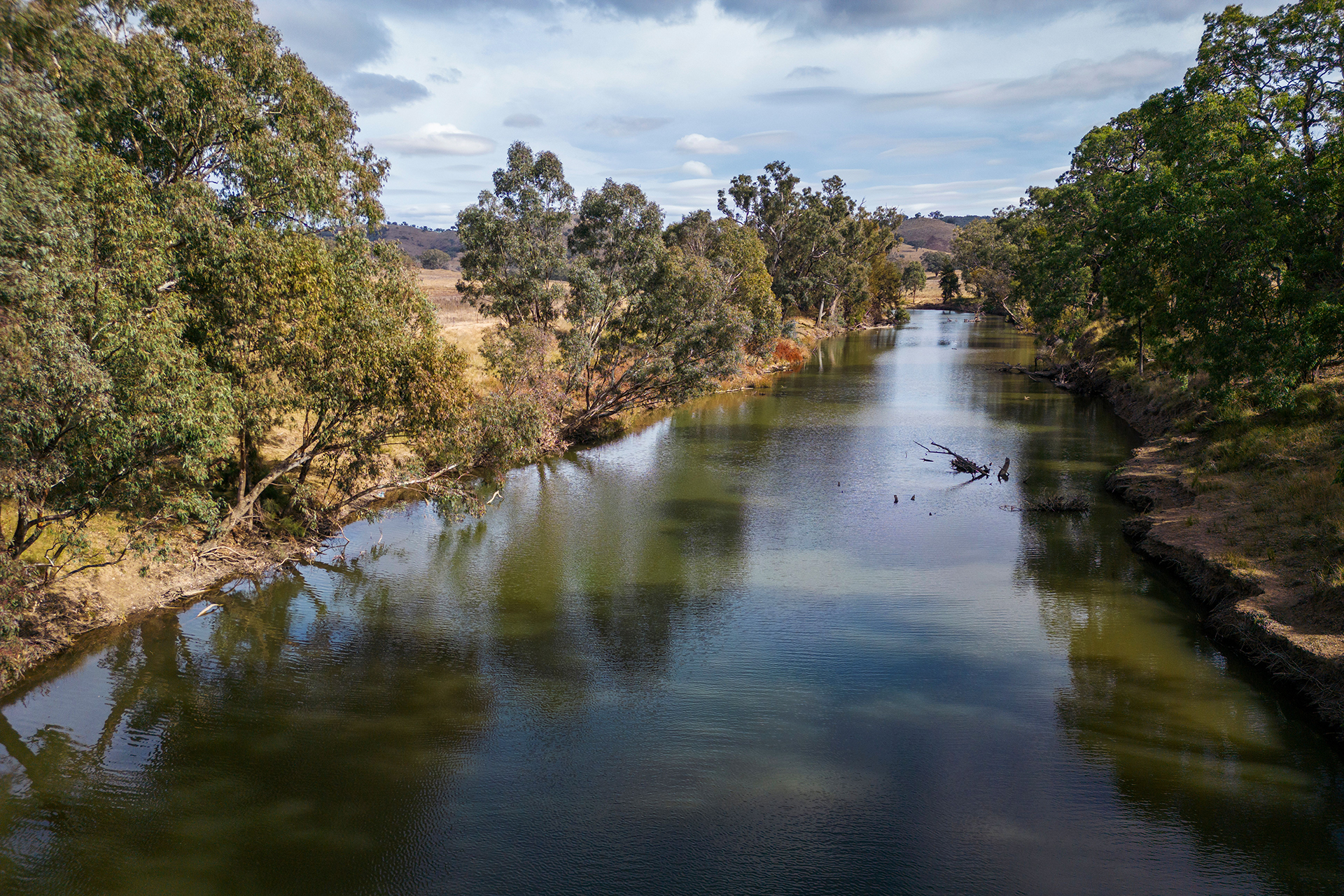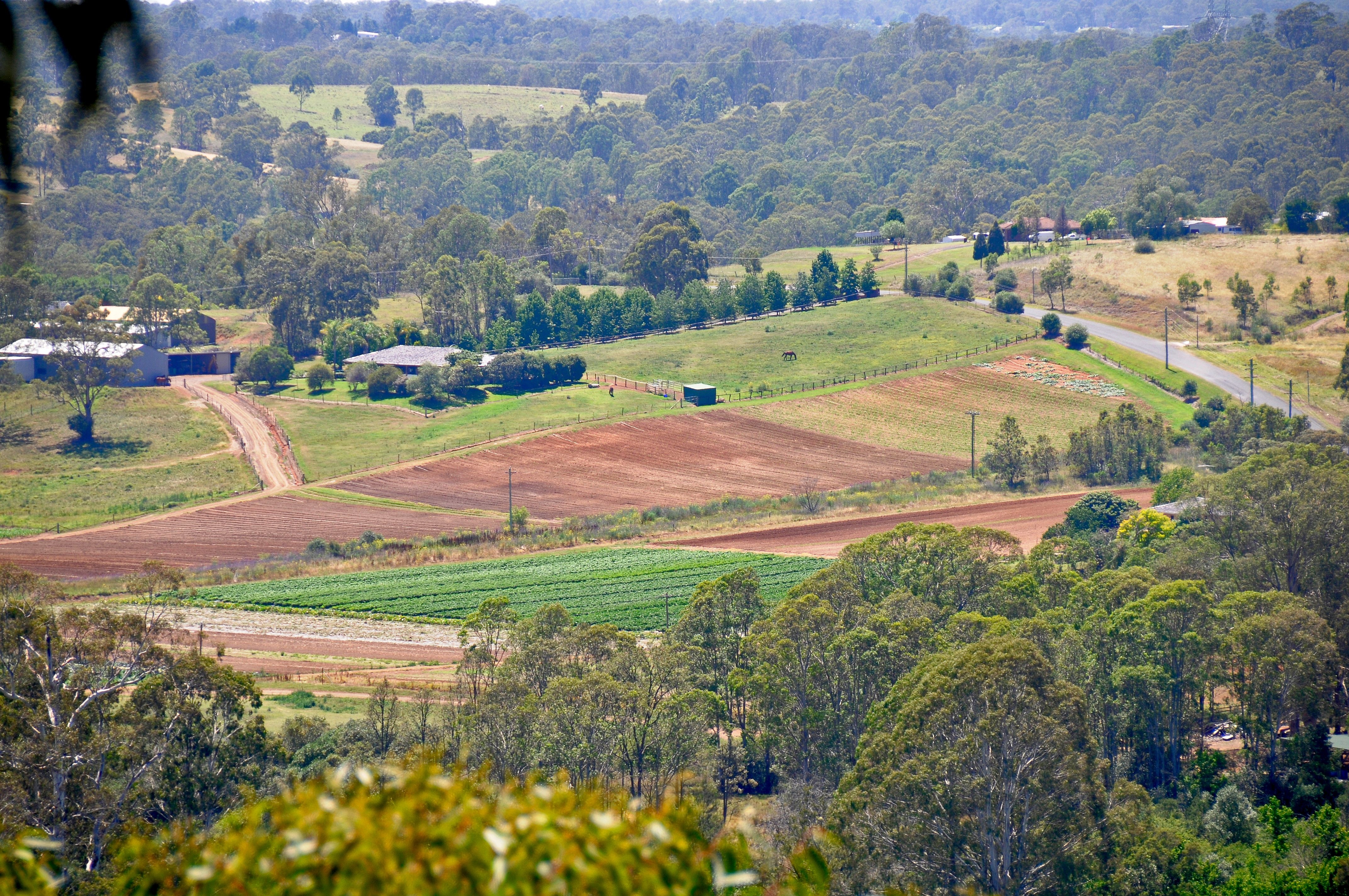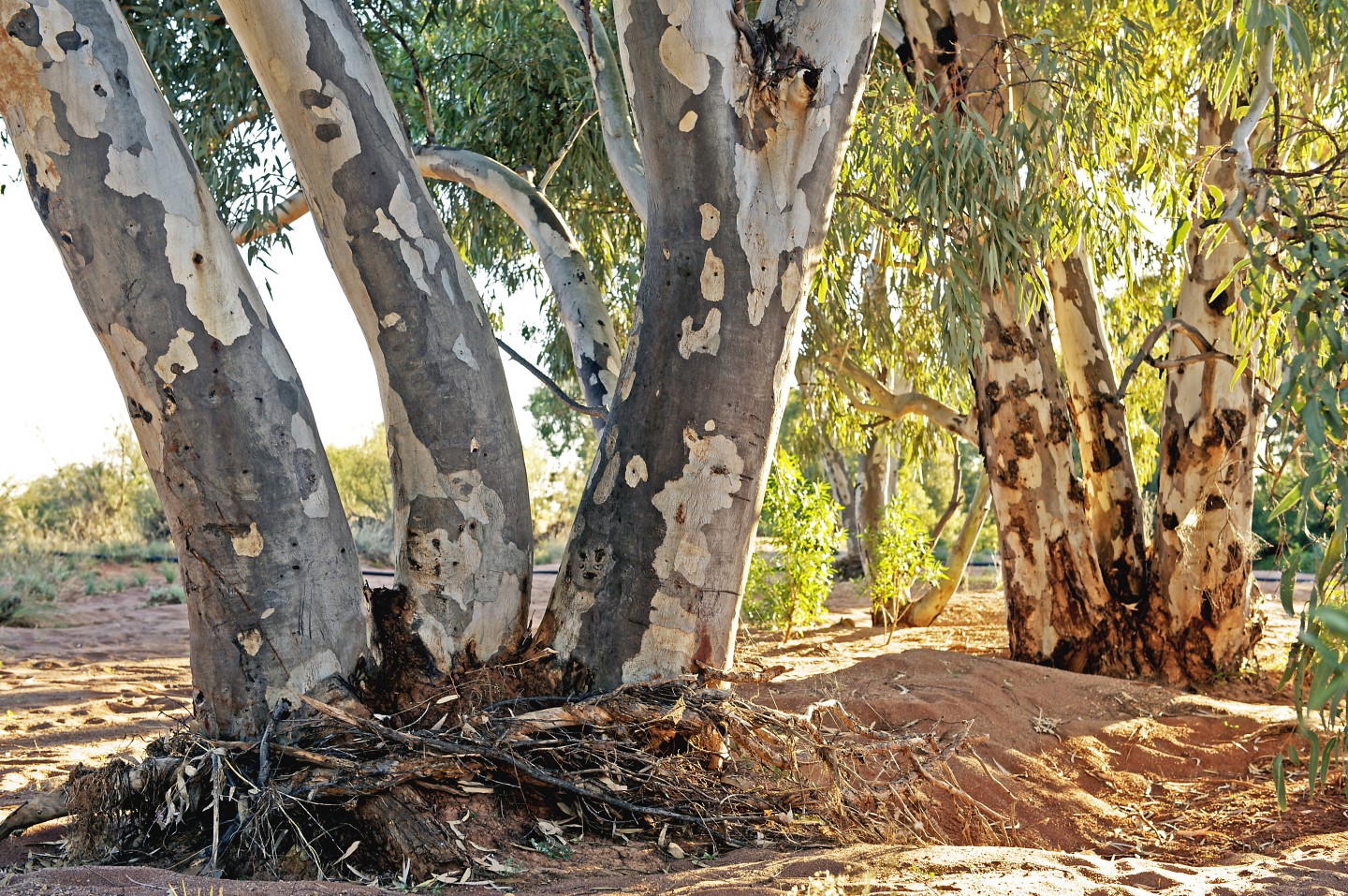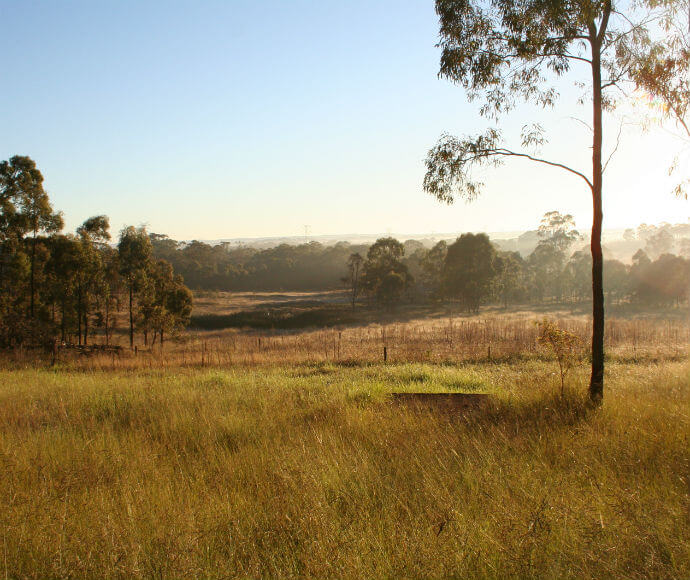The Biodiversity Conservation Act 2016 and amendments to the Local Land Services Act 2013 commenced on 25 August 2017 to enable biodiversity conservation, sustainable development and productive farming. The legislation is administered by the Environment, Energy and Science Group within the Department of Climate Change, Energy, the Environment and Water, Local Land Services and the NSW Biodiversity Conservation Trust.
Biodiversity is vital to support human life on Earth, supplying clean air and water, healthy ecosystems and fertile soils.
Find the background and an overview of the Biodiversity Conservation Act and biodiversity conservation framework.
An Area of Outstanding Biodiversity Value is a special area with irreplaceable biodiversity values that are important to the whole of New South Wales, Australia or globally.
The NSW Assessment Bilateral Agreement streamlines the assessment process for major projects that require both NSW Government and Australian Government environmental approvals.
The panel provides independent, expert advice on the management of biodiversity conservation and any proposed declaration of an Area of Outstanding Biodiversity Value.
The Biodiversity Conservation Investment Strategy 2018 sets the government's priorities for private land conservation.
View the biodiversity conservation policies and guidelines that help us manage biodiversity, assess impacts and monitor activities to support our work to protect the environment.
The Biodiversity Indicator Program was established to assess the status and trends of NSW biodiversity and help us understand the impact of current biodiversity management and conservation measures.
Bioregions are relatively large land areas characterised by broad, landscape-scale natural features and environmental processes that influence the functions of entire ecosystems.
The Local Land Services Act provides a regulatory framework for the management of native vegetation in New South Wales.
The native vegetation regulatory map of New South Wales is a tool landholders can use when considering how best to manage native vegetation on their land.
BioNet aims to improve NSW biodiversity outcomes by enabling the community and government to manage and enhance biodiversity using comprehensive, credible and robust data and information.
